
Óscar Raymundo Benavides Larrea was a Peruvian field marshal, diplomat, and politician who served as the 38th and 42nd (1933–1939) President of Peru, with his latter term being a period of authoritarian fascism.
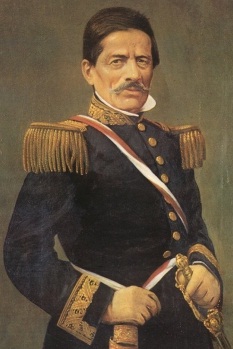
Ramón Castilla y Marquesado was a Peruvian caudillo who served as President of Peru three times as well as the Interim President of Peru in 1863. His earliest prominent appearance in Peruvian history began with his participation in a commanding role of the army of the Libertadores that helped Peru become an independent nation. Later, he led the country when the economy boomed due to the exploitation of guano deposits. Castilla's governments are remembered for having abolished slavery and modernized the state.

José Balta y Montero was a Peruvian soldier and politician who served as the 19th President of Peru from 1868 to 1872. He was the son of John Balta Bru and Agustina Montero Casafranca.

Javier Diez Canseco Cisneros was a Peruvian politician and member of the Peruvian Congress representing the Socialist Party of Peru (PS), of which he was a founding member and also served as its Party President.

The Political Constitution of Peru is the supreme law of Peru. The current constitution, enacted on 31 December 1993, is Peru's fifth in the 20th century and replaced the 1979 Constitution. The Constitution was drafted by the Democratic Constituent Congress that was convened by President Alberto Fujimori during the Peruvian Constitutional Crisis of 1992 that followed his 1992 dissolution of Congress, was promulgated on 29 December 1993. A Democratic Constitutional Congress (CCD) was elected in 1992, and the final text was approved in a 1993 referendum. The Constitution was primarily created by Fujimori and supporters without the participation of any opposing entities.

Domingo Nieto was a Peruvian Grand Marshal, forefather of the nation, and politician who served as the 19th President of Peru between 1843 and 1844, officially as the President of the Government Junta and Grand Marshal of Peru. He also served as Minister Plenipotentiary to Ecuador.

Francisco Diez Canseco Corbacho served as Interim President of Peru for a brief period during 1872. He was the brother of General Pedro Diez Canseco.

Mariano Herencia Zevallos was a Peruvian Army colonel and politician who briefly served as Interim President of Peru in 1872, following the murder of President José Balta.

Tomás Francisco Gutiérrez Chávez was a Peruvian Colonel who, along with his brothers, led a coup against President José Balta Montero and served as the Supreme Leader of Peru for four days in July 1872. From July 22, 1872 to July 26, 1872, Gutiérrez was the de facto leader of Peru and the self-proclaimed "Supreme Leader of the Republic" after a coup d'état. He was overthrown just four days after his proclamation and lynched. Peru later regained some political stability with the election of Manuel Pardo, although this stability was short-lived as a foreign threat began to arise in Chile.
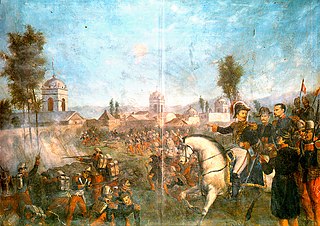
The Peruvian Civil War of 1856–1858, also known as the Arequipa Revolution of 1856, was one of the largest and most violent in Peru. It was the third internal conflict in 19th century Peru. It was fought between the Liberals and the Conservatives. It followed the Peruvian Liberal Revolution of 1854. 3,000 people were killed on both sides.

The Peruvian Civil War of 1843–1844 was the second internal conflict in 19th century Peru. It was fought between the government forces of Vivanco and Echenique against the revolutionaries led by Domingo Nieto and Ramon Castilla. A battle was fought at Pachia in Tacna on August 29, 1843. A clash occurred at San Antonio, Moquegua on October 27, 1843. Domingo Nieto died on February 17, 1844. From June 17 to June 29, 1844, fighting occurred in the capital Lima between the government and supporters of Domingo Elías. A final clash occurred at Carmen Alto on July 22, 1844.
The Peruvian Civil War of 1865 was the fourth internal conflict in 19th century Peru.
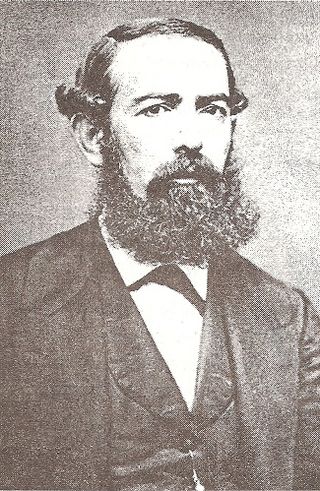
Juan Gastó Valderrama was a Peruvian colonel who participated prominently in the Sierra Campaign of the War of the Pacific and was in the Peruvian army for forty years. During his military service, he was the main commander of the Peruvian victories at the Battle of La Concepción and the Battle of Tarmatambo. He participated at the Battle of Huamachuco as head of the 2nd division of the Army of the Center where he was killed in action at the age of 59.
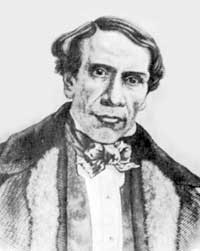
Juan Bustamante Dueñas, allegedly also known as Túpac Amaru III, was a Peruvian indigenous leader who led a rebellion that lasted from 1867 to 1868.

The 1872 Peruvian coup d'état, known in Peruvian historiography as the Gutiérrez Brothers' rebellion, was a coup d'état headed by General Tomás Gutiérrez, then Minister of War, and his three brothers against then president José Balta, shortly before Manuel Pardo of the Civilista Party was to take office as the country's first civilian president. The coup was initially successful, although a violent crowd headed by brothers Baltazar and José La Torre ultimately murdered three of the Gutiérrez brothers.

José Gabriel Gálvez Egúsquiza was a Peruvian lawyer, professor and liberal politician. During the presidential government of Mariano Ignacio Prado he was Secretary—i.e. Minister—of War and Navy (1865). He was killed in action during the Battle of Callao, where he died fighting the Spanish squadron, thus becoming a symbol of the independence of America.

Pedro Gálvez Egúsquiza was a Peruvian lawyer, politician, educator and diplomat. A staunch liberal, he was one of the leaders of the Liberal Revolution of 1854 headed by General Ramón Castilla. He is remembered for having been the drafter of the decree that abolished the tribute of the natives. He was Minister of Justice and Worship in 1855, and Minister of Finance and Commerce in 1862, in the second government of Ramón Castilla; President of the Council of Ministers and Minister of Government (1868–1869) in the government of José Balta; constituent deputy (1855–1857) and senator (1868–1869). Likewise, he exercised various diplomatic representations in the United States, Latin America and Europe.
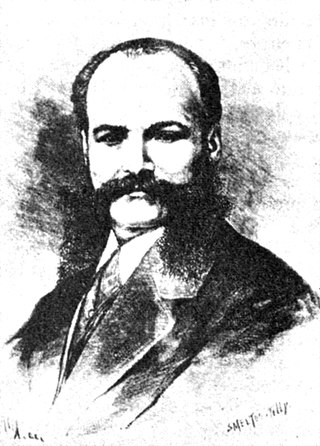
José Luis Mesones Ubillús de la Cotera was a Peruvian lawyer, diplomat, and politician. He carried out diplomatic representations in various countries in Europe and South America together with his son Manuel María Mesones. He was chargé d'affaires to the Holy See. For a few days in 1867, he was Minister of Foreign Affairs. He was also a national deputy for the province of Huancabamba and was part of the team that drafted the Political Constitution in that year when Mariano Ignacio Prado was provisional president.
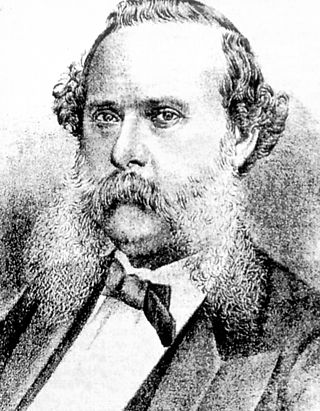
Evaristo Gómez Sánchez y Benavides was a Peruvian politician, lawyer and diplomat. He served as Minister of Government, Police, and Public Works.

Marceliano Gutiérrez Chávez was a Peruvian colonel that had a minor role in the coup d'état headed by his brother Tomás Gutiérrez against then president José Balta on 22 July 1872, being the only one of his brothers to survive the riots caused in the aftermath of Balta's murder on 26 July.


















